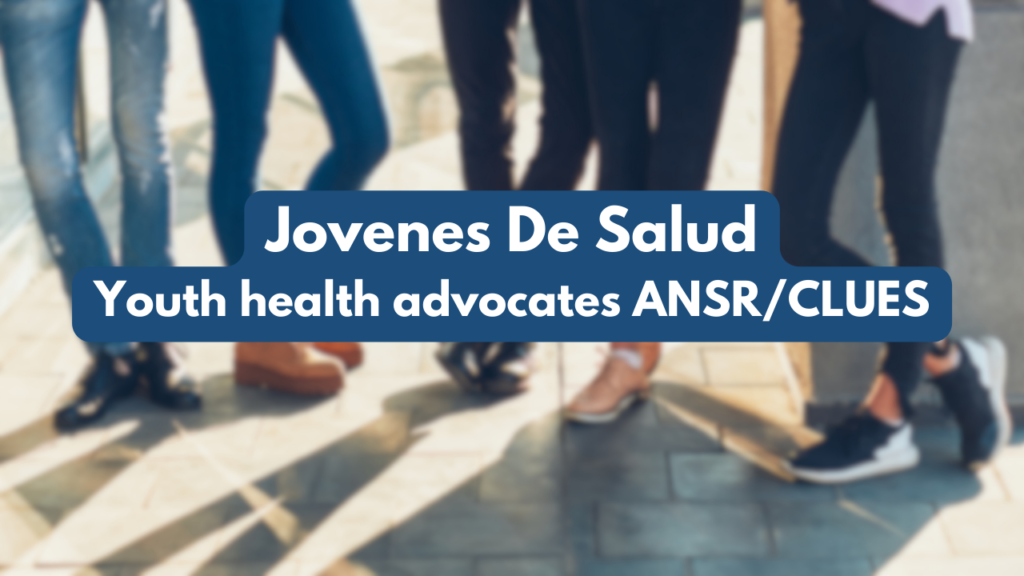
Jovenes de Salud (JdS) is a mentorship health participation outreach program centered on St. Paul high schools. The aim of this program is to help at risk youth stay in school, increase school involvement, and promote healthy lifestyles. To achieve this, the program focuses on after school meetings once a week during which the participants are encouraged and helped with school work, planning community activities, and are educated in current health topics. In addition, the participants engage the community participating in demonstrations, conferences, and training’s after school and during the weekends. Through these activities, the program aims to form community leaders.
This evaluation is focused on Jovenes de Salud’s program running in Harding High School (HS) and Johnson High School (JS).The purpose of the evaluation was to determine if the goals and objective of the program are being met and to assess unintended consequences that the program may have on participants. The main program components evaluated were:
- The program’s effectiveness at educating students on tobacco and preventing its use;
- The program’s ability to increase awareness for healthy living and the effect this has on the participants and their community; and
- The scholastic effects of the program on the participants based on their view regarding higher education.
Methodology
In accordance with the primary objective to determine if the goals of the project are being met, an objective oriented evaluation approach was taken. This approach provided useful data regarding the completion of the intended goals of the program. In this way the evaluation was able to objectively judge if the goals and objectives are being met.
In order to complete the evaluation, the evaluation team first met with the program coordinator to gather information about the program. This meeting took place in September 2010. After reviewing the information, evaluation questions were formulated by the end of 2010. The drafting of an evaluation plan, was done during February 2011. The evaluation team conducted an historical review of the program during the summer to 2011 and a survey of program participants was done in May 2011. Data was analyzed by August, and the final report was written in September.
In order to assess the program areas of interest the following evaluation questions were identified:
- To what extent does the implementation of a mentorship program impact the student’s views and use of tobacco?
- What are the outcomes in terms of the scholastic and health centric approach to mentorship?
- What are the objectives of participants who enter the program, and what were the objectives of participants who successfully completed the program?
The program being evaluated had a relatively small group of participants who consistently attended program activities. A survey was used to gather both quantitative and qualitative information [and was administered to all available participants]. To maximize response rates, the survey was administered during the end of the year celebration. The survey included scale (1-5), yes/no, and open-ended questions, in order to provide quantitative data as well as allow space where participants could express their opinions.
